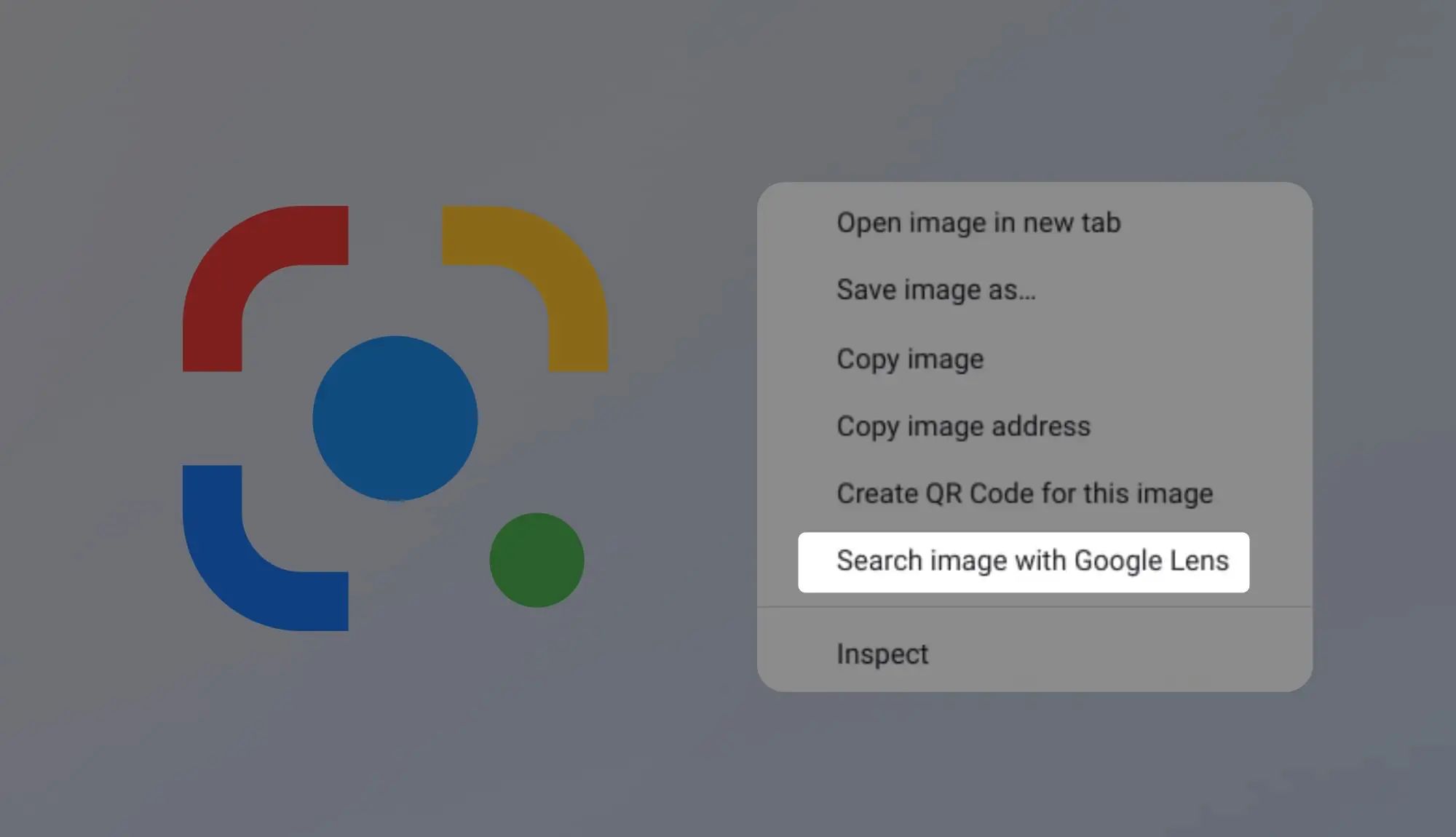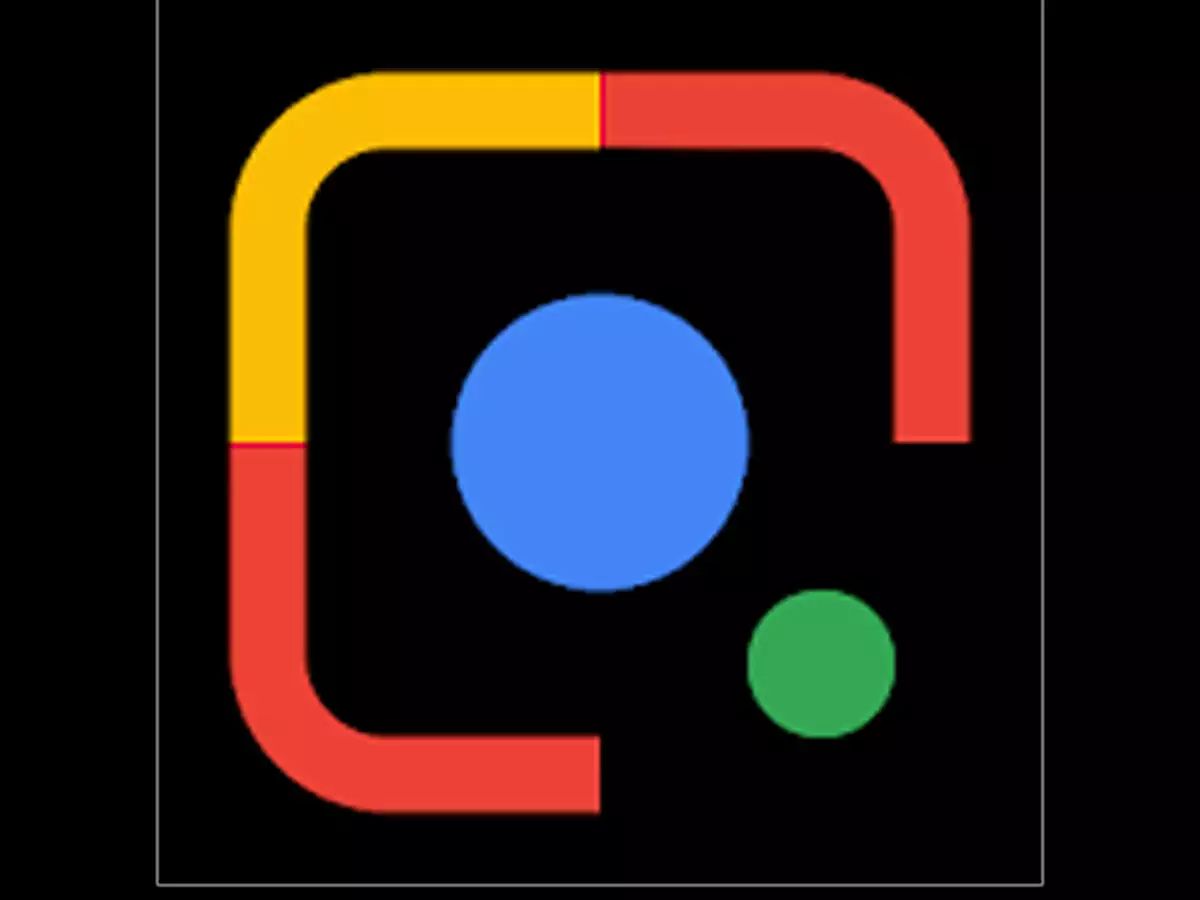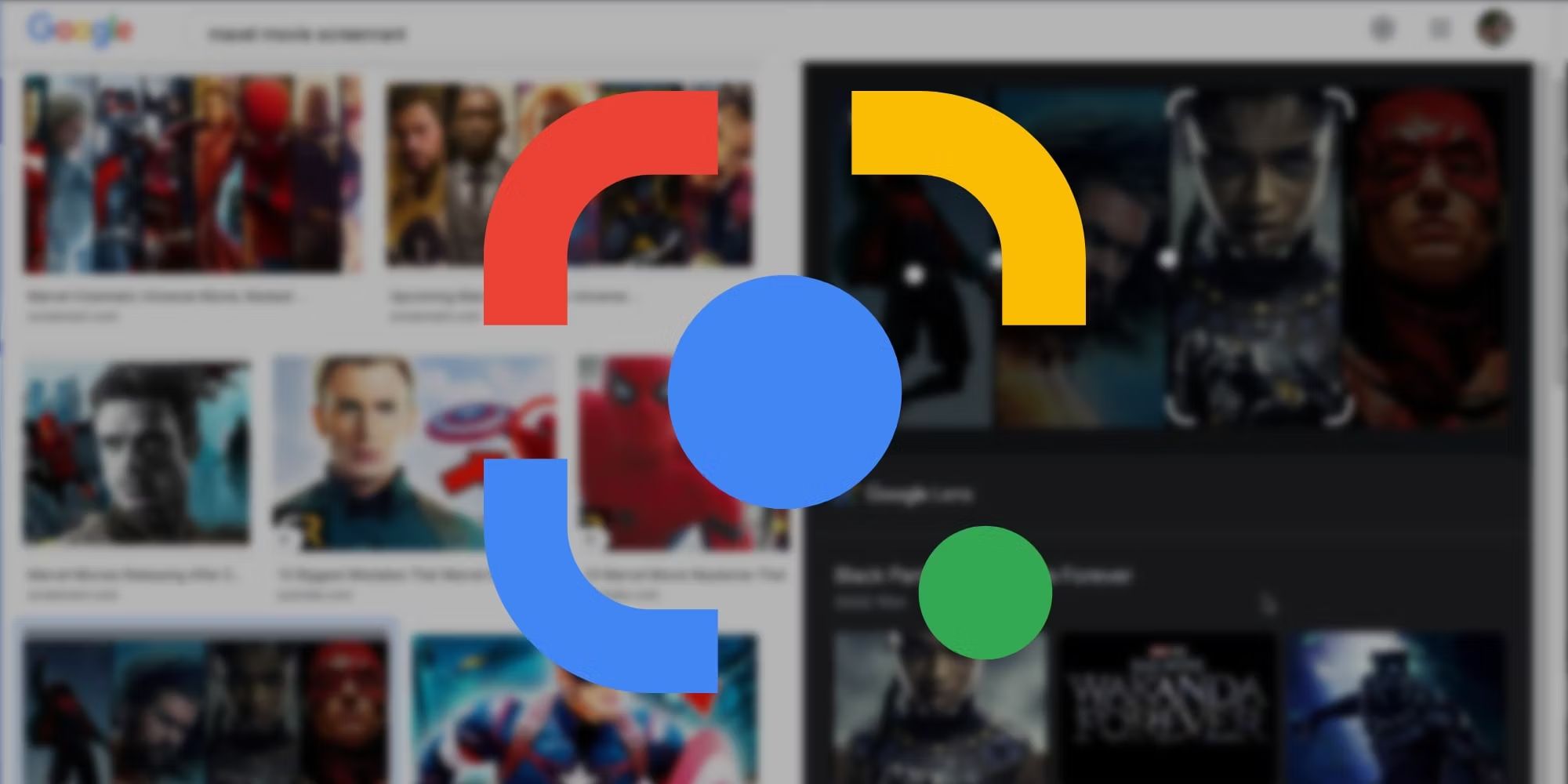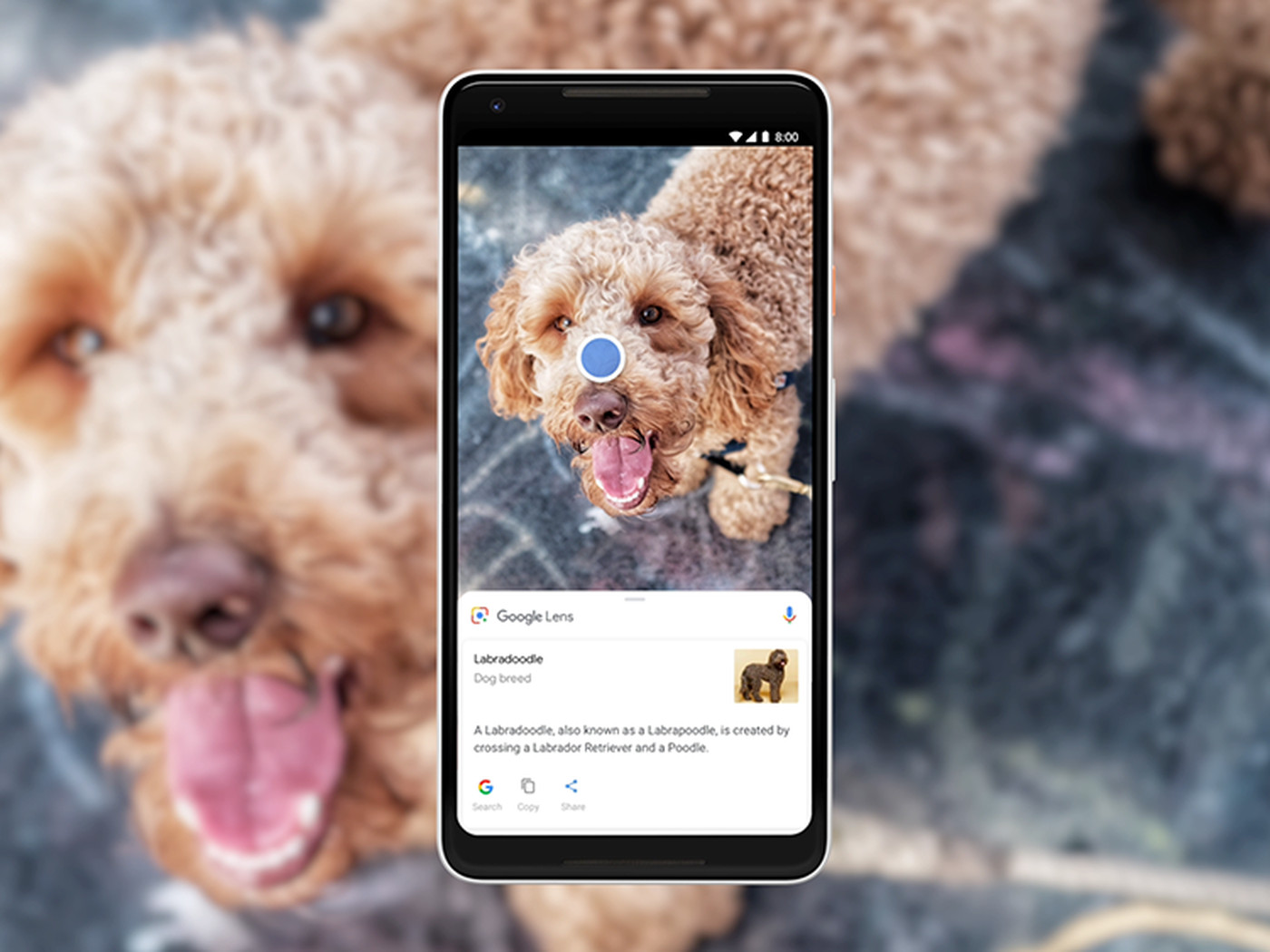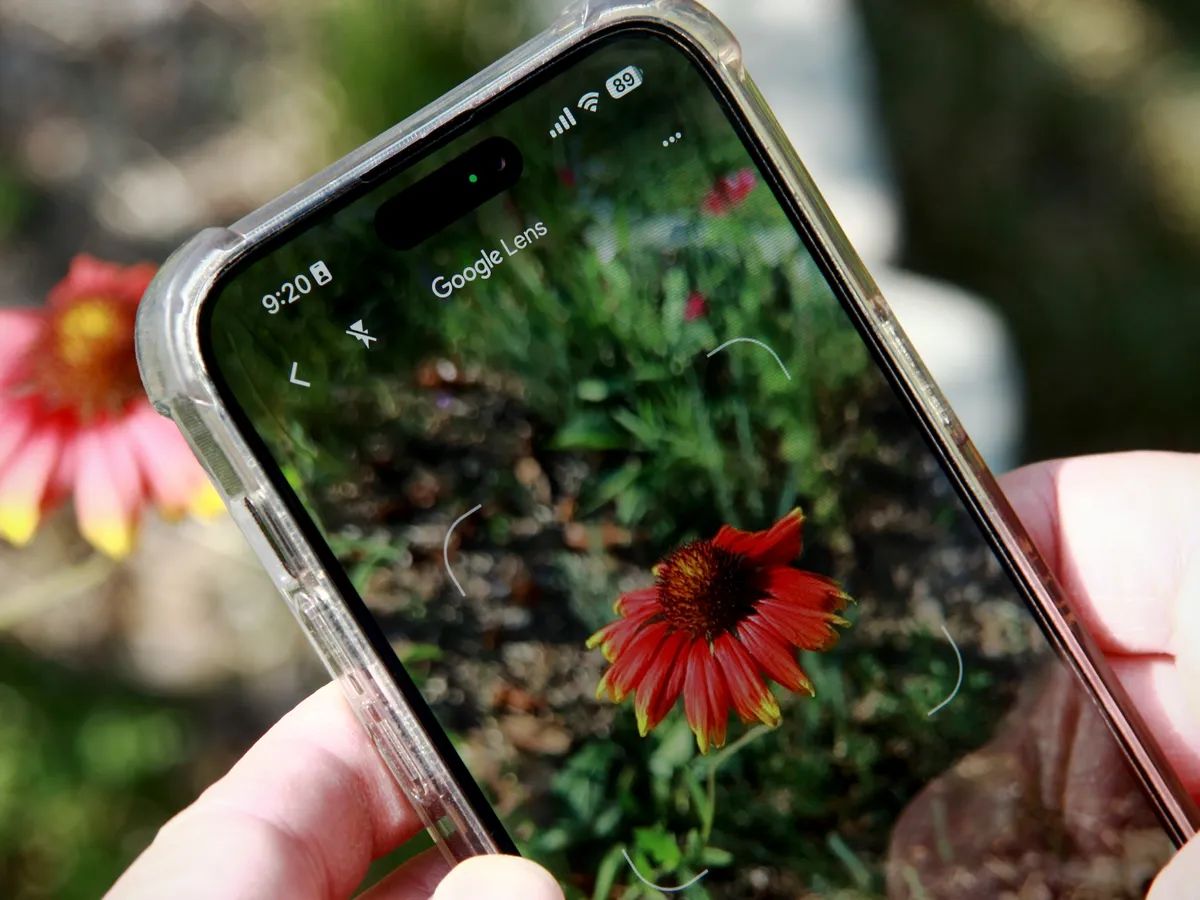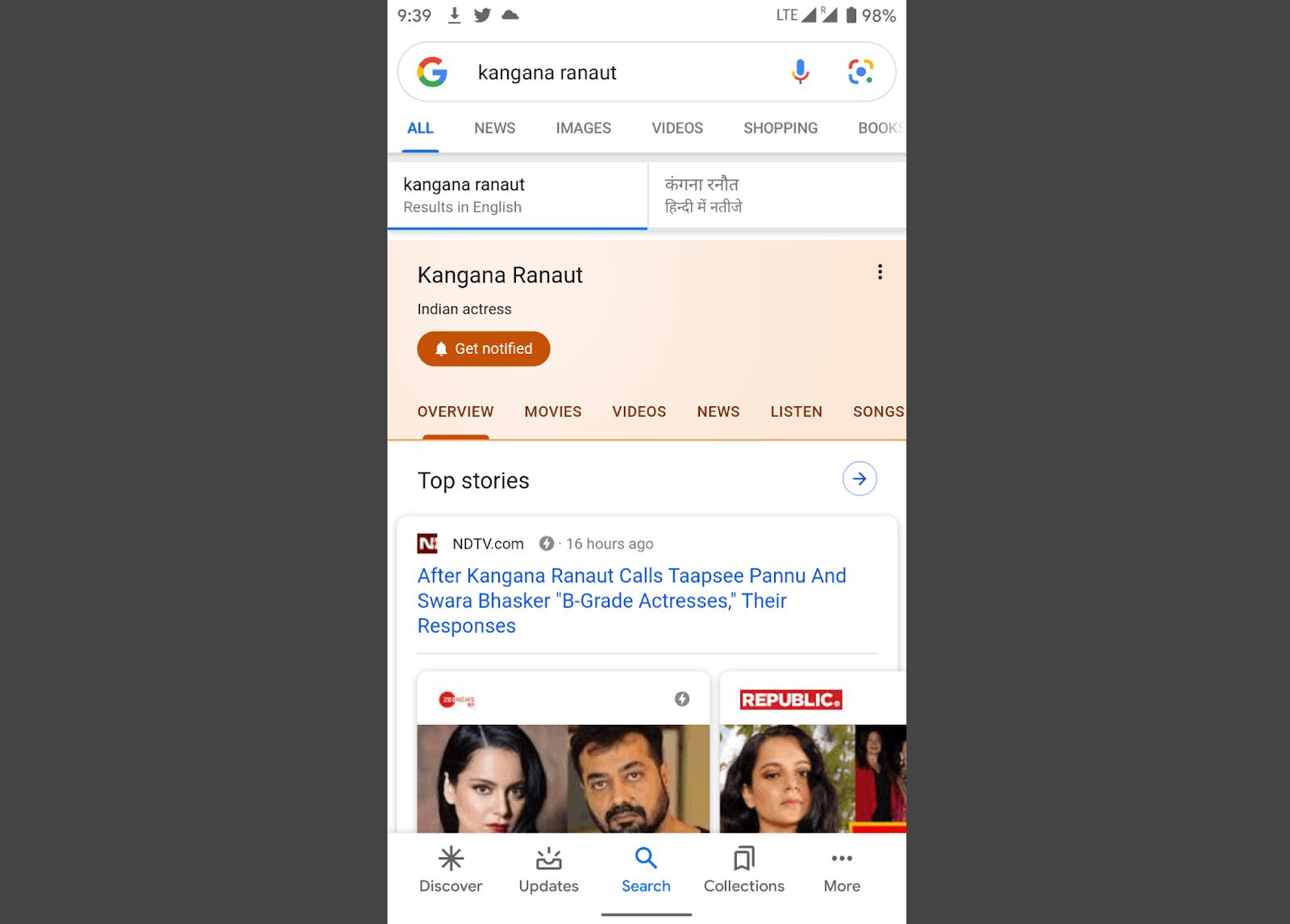Introduction
Google Lens is a powerful visual search tool developed by Google that utilizes artificial intelligence and image recognition technology. It allows users to identify objects, landmarks, plants, animals, and even text in images captured by a smartphone camera. One of the most useful features of Google Lens is its ability to instantly translate text in images from one language to another.
Whether you’re traveling abroad, studying a foreign language, or simply trying to understand the contents of a document or sign, Google Lens can be an invaluable tool. By using your smartphone’s camera, you can quickly and accurately translate text seen in real-world settings, such as menus, street signs, product labels, or even handwritten notes.
In this article, we will explore how to use Google Lens to translate text in images and discover different ways to save those translated images for future reference. By following these steps, you can easily build a personal library of translated text that you can access whenever you need it.
Getting Started with Google Lens
Before we delve into using Google Lens to translate text in images, let’s first ensure you have the necessary tools to get started. Google Lens is integrated into the Google app on most Android devices, but it can also be downloaded as a standalone app from the Google Play Store. iPhone users can access Google Lens through the Google Photos app.
To activate Google Lens, follow these simple steps:
- Ensure that you have the latest version of the Google app installed on your Android device or the Google Photos app on your iPhone.
- Open the app and either tap on the Google Lens icon (a small square with a dot in the middle) in the search bar or access it through the app’s menu.
- Grant the necessary permissions for accessing your camera and photos. This will enable Google Lens to scan and analyze images.
- Once you have successfully opened Google Lens, you are ready to start translating text in images.
It’s important to note that Google Lens requires an internet connection to function properly. Make sure you are connected to Wi-Fi or mobile data before using the translation feature.
Additionally, keep in mind that not all devices or operating systems may have access to Google Lens. If you are unable to find the Google Lens icon within the Google app on your Android device or in the Google Photos app on your iPhone, it is possible that your device does not support it.
Now that you have set up Google Lens, let’s explore how to use this incredible tool to translate text in images.
Using Google Lens to Translate Text
Once you have activated Google Lens, using it to translate text in images is a straightforward process. Simply follow these steps:
- Open the Google Lens app or access it through the Google app’s search bar.
- Aim your phone’s camera at the text you want to translate. Make sure the text is clear and within the frame.
- Google Lens will automatically identify and highlight the text in real-time.
- To initiate the translation, tap on the highlighted text. A small card will appear at the bottom of the screen with the translated text.
- By default, Google Lens attempts to detect the source language and translate it into your device’s default language. If you want to change the target language, simply tap on the language button in the card and select your desired language.
- The translated text will be displayed on the card, making it easy for you to read and understand the meaning of the original text.
Google Lens supports a wide range of languages, so you can translate text from and into various languages around the world. Whether it’s a street sign in a foreign country or an important document in a language you’re not familiar with, Google Lens can help bridge the language barrier and provide instant translations on the go.
Additionally, Google Lens is not limited to printed text. It can also recognize and translate handwritten text, making it a valuable tool for students, researchers, and anyone who needs to decipher handwritten notes or documents.
Now that you know how to use Google Lens to translate text, let’s explore different methods to save and store the translated images for future use.
Saving Translated Images from Google Lens
After translating text using Google Lens, you may want to save the translated images for future reference. Here are three different methods you can use to save and store the translated images:
Method 1: Saving Translated Images to Google Photos
If you have the Google Photos app installed on your device, you can easily save the translated images to your Google Photos library. To do this:
- After translating the text using Google Lens, tap on the share icon on the translated text card.
- From the sharing options, select “Save to Photos” or “Save to Google Photos”.
- The translated image will be saved to your Google Photos app, allowing you to access it at any time.
Method 2: Saving Translated Images to Device Gallery
If you prefer to save the translated images to your device’s gallery, you can do so by following these steps:
- After translating the text using Google Lens, tap on the share icon on the translated text card.
- Select the option to “Save image” or “Save to device”.
- The translated image will be saved to your device’s gallery, making it easily accessible without the need for an internet connection.
Method 3: Sharing Translated Images via Messaging Apps
If you want to share the translated images with others, you can use various messaging apps available on your device. To share the translated images:
- After translating the text using Google Lens, tap on the share icon on the translated text card.
- Select the messaging app of your choice from the sharing options.
- Choose the contact or group you want to share the translated image with.
- The translated image will be sent as a message, allowing others to view and save it on their own devices.
By utilizing these three methods, you can save and organize the translated images based on your preferences and accessibility needs. Whether you prefer to store them in your Google Photos library, device gallery, or share them with others via messaging apps, Google Lens provides the flexibility to save and share translated images conveniently.
Method 1: Saving Translated Images to Google Photos
Google Photos is a popular cloud-based storage service that allows users to securely backup and access their photos and videos from any device. If you have the Google Photos app installed on your device, you can easily save the translated images to your Google Photos library for safekeeping and easy accessibility. Follow these steps:
- After translating the text using Google Lens, tap on the share icon on the translated text card.
- From the sharing options, select “Save to Photos” or “Save to Google Photos”.
- If prompted, choose the Google account you want to save the image to.
- The translated image will be automatically saved to your Google Photos library.
By saving the translated images to Google Photos, you can access them from any device with the Google Photos app installed. Simply open the app, sign in to your Google account, and navigate to the “Photos” section to view your saved translated images.
Google Photos also offers features like search and organization, allowing you to easily find specific translated images based on keywords or dates. You can also create albums or add labels to your translated images to keep them organized and easily searchable.
Furthermore, Google Photos provides the option to sync your photos and videos across multiple devices. This means that if you have Google Photos installed on your phone, tablet, and computer, any translated images saved to your Google Photos library will be available on all of your connected devices. This makes it incredibly convenient to access and share your translated images no matter where you are.
It’s worth noting that Google Photos offers free unlimited storage for high-quality photos and videos. However, if you choose to save your translated images in their original quality, it will count towards your Google account’s storage limit. Therefore, it’s recommended to utilize the high-quality storage option to maximize the amount of translated images you can save without compromising on image quality.
With Method 1, you can confidently save your translated images to Google Photos, ensuring they are securely stored and easily accessible whenever you need them.
Method 2: Saving Translated Images to Device Gallery
If you prefer to save the translated images directly to your device’s gallery, you can do so using Method 2. This method allows you to have quick and offline access to the translated images without the need for an internet connection. Follow these steps to save translated images to your device’s gallery:
- After translating the text using Google Lens, tap on the share icon on the translated text card.
- Select the option to “Save image” or “Save to device”.
- Depending on your device’s settings, you may be prompted to choose the destination folder or confirm the save action.
- The translated image will now be saved directly to your device’s gallery or camera roll, alongside your other photos and images.
By saving the translated images to your device’s gallery, you can easily access them even when you are not connected to the internet. This is especially useful when traveling or in situations where you need to refer to the translated images offline.
Your device’s gallery app provides various features to help you manage and organize your photos, including creating albums, adding tags, or sorting images by date. These features can be utilized to keep your translated images organized and easily searchable, ensuring that you can find them whenever you need them.
Additionally, you can take advantage of your device’s sharing options to easily share the saved translated images with others. Whether it’s through email, messaging apps, or social media platforms, sharing the translated images directly from your device’s gallery is a convenient way to effectively communicate and collaborate with others.
It’s important to note that the exact steps to save translated images to the device gallery may vary depending on the operating system and device model you are using. However, the basic concept remains the same, which is to select the option to save the image when prompted, and it will be stored in your device’s gallery for offline access.
With Method 2, you can confidently save your translated images to your device’s gallery, ensuring you have quick and offline access to them whenever you need them.
Method 3: Sharing Translated Images via Messaging Apps
If you want to share the translated images with others, Method 3 provides a convenient way to do so using various messaging apps available on your device. Follow these steps to share translated images via messaging apps:
- After translating the text using Google Lens, tap on the share icon on the translated text card.
- Select the messaging app of your choice from the sharing options. This can include popular apps like WhatsApp, Facebook Messenger, or SMS messaging.
- Choose the contact or group you want to share the translated image with.
- The translated image will be sent as a message, allowing others to view and save it on their own devices.
Sharing translated images via messaging apps is an effective way to communicate and collaborate with others, especially when there is a need for immediate understanding or if you want to provide visual context to the translated text. This method is particularly useful for sharing translated images with friends, colleagues, or family members who may not have access to Google Lens or the translated text directly.
Additionally, messaging apps offer features such as instant notifications and real-time communication, allowing for prompt feedback or further discussion regarding the translated images. This can be especially valuable in scenarios where quick interactions or collaborations are required.
Furthermore, sharing translated images via messaging apps also provides the flexibility to share them across different platforms or devices. Whether the recipient is using a smartphone, tablet, or computer, as long as they have the messaging app installed, they will be able to receive and view the translated image without any compatibility issues.
It’s worth noting that when sharing translated images via messaging apps, it’s important to consider the size and resolution of the image. Large or high-resolution images may take longer to send or may be compressed by the messaging app, potentially reducing the image quality. To mitigate this, you can consider resizing the image or using file compression techniques to maintain a balance between image quality and file size.
With Method 3, you can easily share translated images via messaging apps, allowing for effective communication and collaboration with others, regardless of the platform or device they are using.
Conclusion
Google Lens is a remarkable tool that harnesses the power of artificial intelligence and image recognition to help users translate text in images. Whether you’re traveling, studying, or simply trying to decipher unfamiliar languages or documents, Google Lens can be a game-changer.
In this article, we explored how to get started with Google Lens and use it to translate text in images. By following the simple steps outlined, you can easily unlock the power of Google Lens and access instant translations on the go.
We also discussed different methods to save and store the translated images for future reference. Whether you choose to save them to your Google Photos library, device gallery, or share them via messaging apps, these methods provide flexibility and convenience based on your personal preferences and accessibility needs.
Remember, saving the translated images to Google Photos ensures secure cloud storage and easy access from any device. On the other hand, saving them directly to your device’s gallery allows offline access, while sharing them via messaging apps promotes effective communication and collaboration with others.
Overall, Google Lens opens up a world of possibilities when it comes to translating text in images. It bridges language barriers, facilitates understanding, and enhances the way we navigate and interact with the world around us.
So, whether you’re exploring foreign lands, learning new languages, or simply need to understand the contents of a document, Google Lens is a valuable tool to have in your arsenal. Start using Google Lens today and experience the convenience and power of visual translation at your fingertips.







